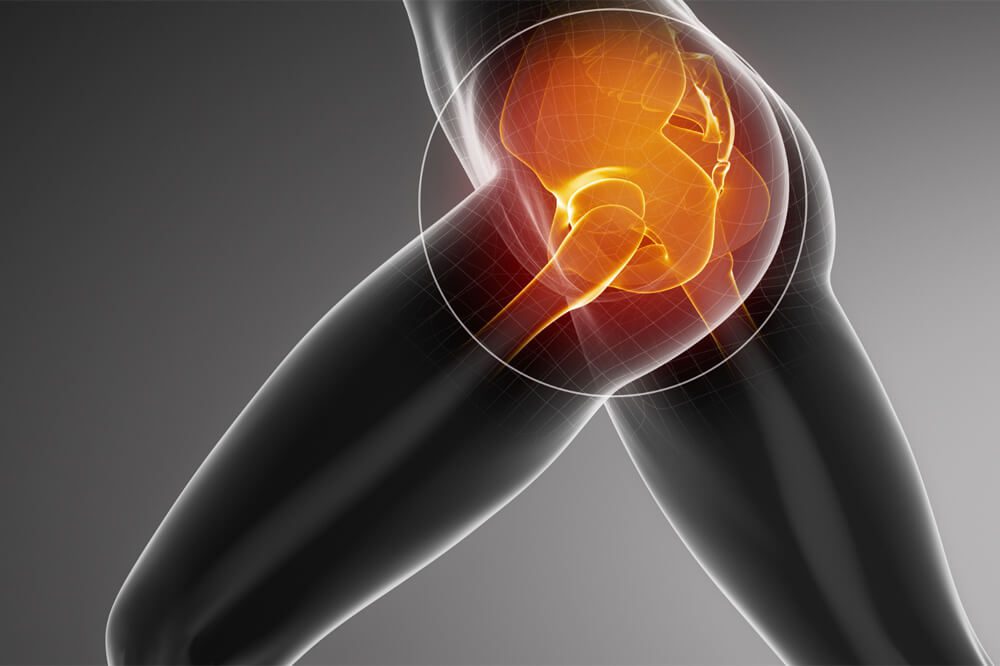5 Signs Your Hip Has Poor Alignment
We have been quite busy this week and have seen lots of people in the clinic this week with hip problems or hip alignment issues (is it running season?) and with most of these cases, there is a common aspect to the problem; the hip is out of alignment. You may be wondering what does that mean or is this happening to me? Keep reading to find out more.
5 signs your hip is out of alignment
- pinching at the front of your hip
- weak glutes
- weak or tight pelvic floor
- pain when lying on your side
- anterior pelvic tilt a.k.a “duck bottom” posture
Do any of these sound familiar?
You may have an anterior femur…
Let us explain a little more about what that actually means.
Our hip is what is called a ball and socket joint. The joint is formed by the head of our femur (which is our big upper leg bone) meeting a curved shaped socket in our pelvis. Because it is a ball and socket joint it has (or should have) LOTS of movement capability. The femur will roll and glide within the joint depending on what movement we do.
Unfortunately, because we have so much going on at this joint it can be susceptible to poor hip alignment. It is common, for the femur bone to get pulled forward in the socket and this can cause lots of pain and weakness in the hip.
Things that can make it move forward include:
- loss of strength in the glutes and abdominal muscles
- too much sitting
- holding kids on your hip and overloading muscles
- poor postural habits
And many more…
What is the potential downside of having long term issues with alignment of hips?
- It can lead to early development of arthritis
- Pain can worsen or become chronic
- Strength in the hip muscles can be lost
- Possible Need for hip replacement
So, what can be done to realign hips?
- Creating an improved range of motion through manual therapy (adjustments, muscle releases to essentially center the joint and help the brain remember full range and where the femur should sit)
- Rehab exercises to help you activate the muscles that have become weak so that the femur can sit in the pelvis properly
- Ergonomic and lifestyle changes to help you understand what posture may be overloading your hip and causing the femur to have a more forward position.
Our chiropractors have extensive knowledge in treating the hip joint as well as assessing your spine. If you have any concerns about your hips and would like to work with us we would love to help you.

Hi, I’m Michael; Chiropractor, Dad, science enthusiast, active weightlifter and keen sportsman. I work with busy and active people who are struggling with pain to find relief from their symptoms so that they can return to an active lifestyle, get through their work day and their workouts without having to pop a pill so that they can feel happier and healthier in their body.

